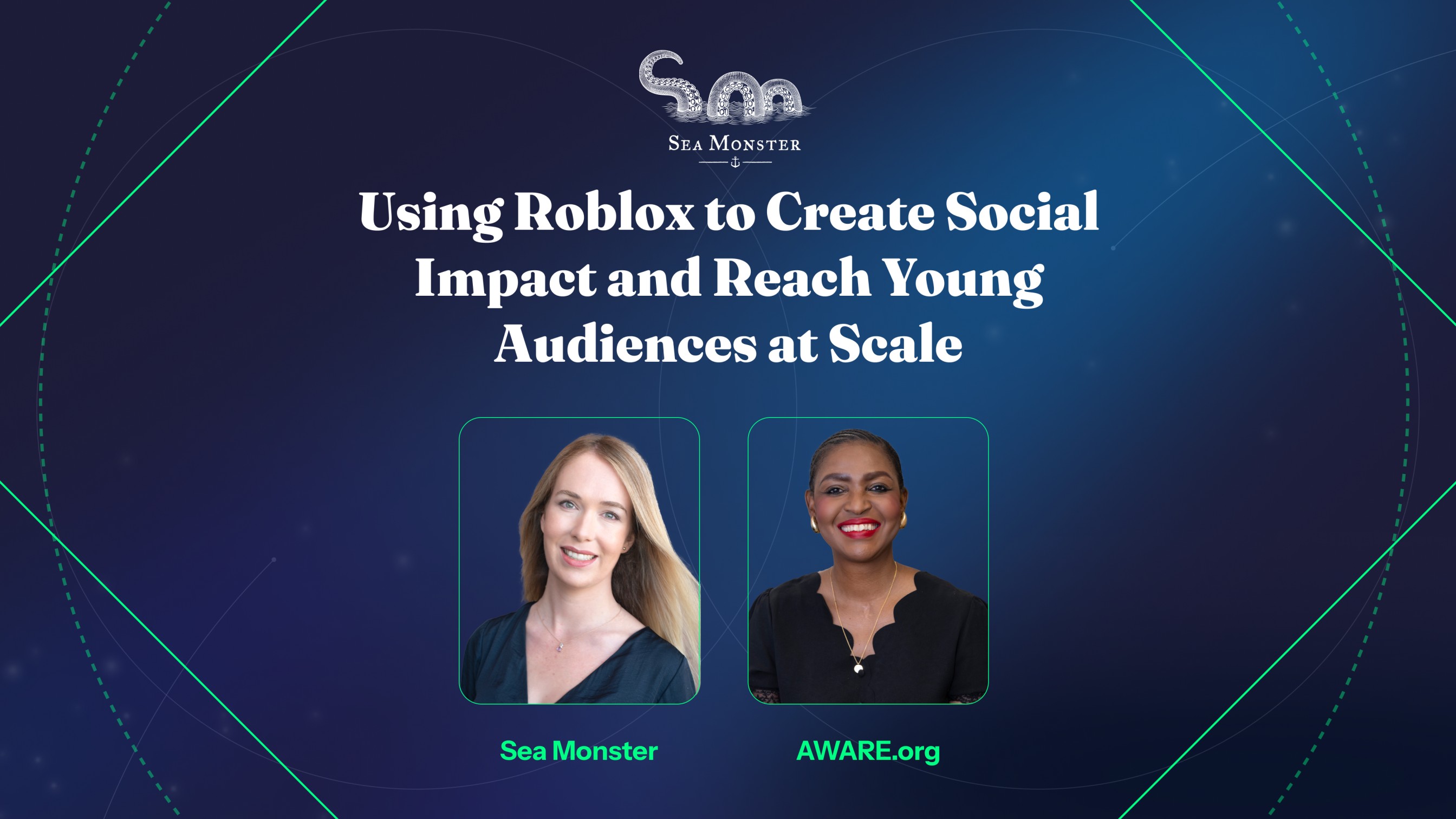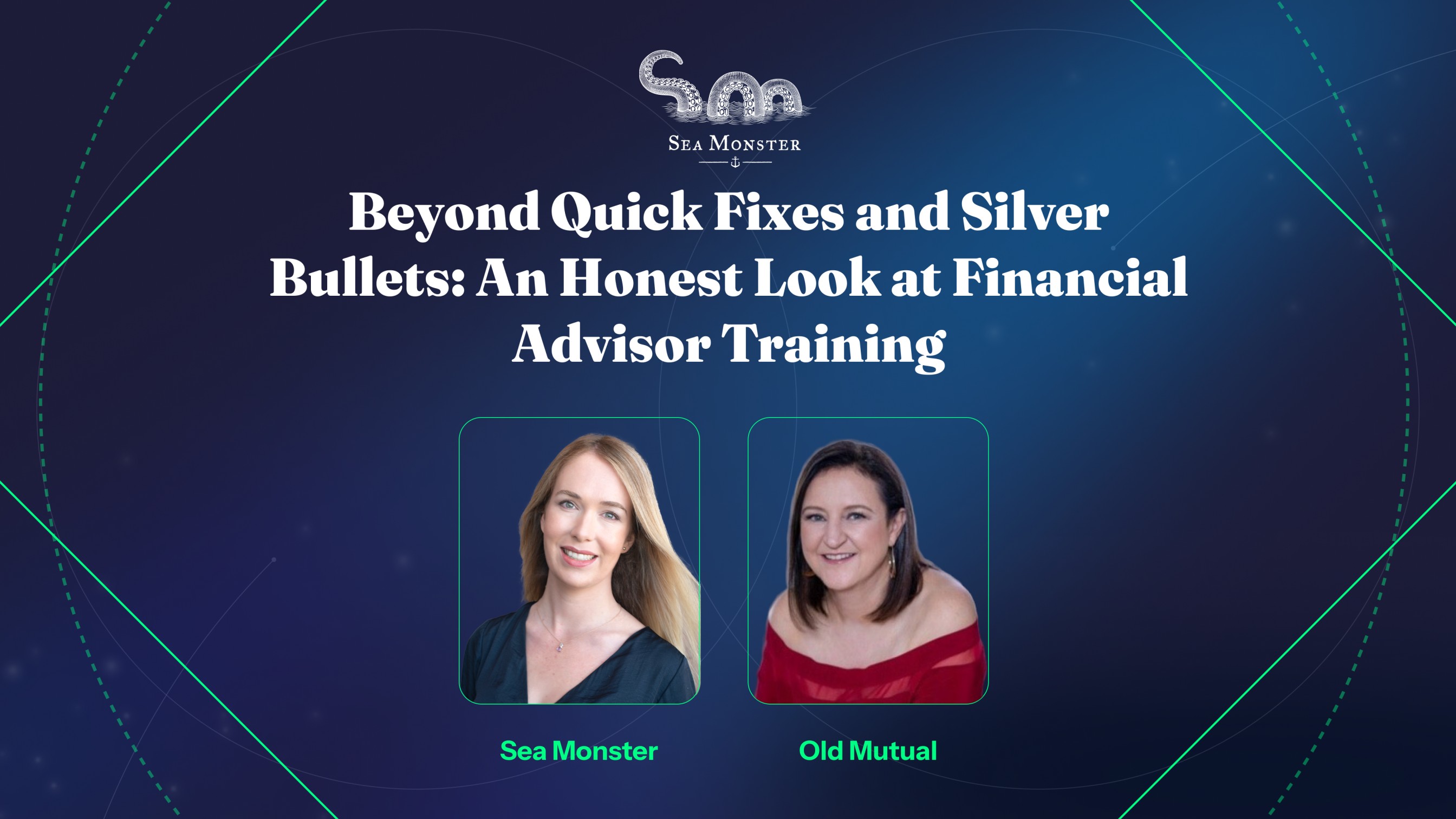Marketing is an attention game, and always has been. For most of our history, marketing has focused on capturing immediate attention. A TV spot, a billboard, a print ad; a social media banner – they all demand seconds of our focus, just enough time to place the brand and convey a simple message.
In many ways, these one-dimensional, traditional marketing efforts are like fireworks: they attract attention, they can create a lot of noise and excitement BUT they lack depth, they can be very expensive to execute, and most importantly, they struggle to leave a lasting impression.
This is not to say that the quick impression has no value, but many brands make the mistake of investing primarily in fireworks and miss the opportunity to develop what’s even more valuable - their campfires.
As opposed to their flashy cousins, campfires are about storytelling. They are initiatives that bring people together around a brand and create communities by capturing longer forms of attention and genuine engagement.
Social media used to be the place where brands would tell their stories, build their network of followers and enter into a dialogue with their audiences. In reality however, many brands are incredibly antisocial on social media. They talk at their audience and not with them.
Overly saturated with ad content, populated by bots and manipulated by algorithms, the sea of content on most social media platforms these days is a warzone in the fight for eyeballs, likes and comments.
If the goal is to drive meaningful engagement and build real brand equity, this approach simply doesn’t work. So where can brands build their campfires today? Games.
Gaming is taking over mainstream culture and has proven to be the world's favourite entertainment medium.
And when we’re talking about gaming, we’re not just referring to teenagers in their underpants playing playstation on their mothers’ couch here. Gaming is not just for kids and it’s gaining popularity across every demographic. In fact, it’s been found that today’s typical “super mobile gamer” is a 39-year-old woman who spends an average of 14.9 hours across 127 gaming sessions a month.
So what does marketing through games look like?
The spectrum of in-game marketing is huge and ranges from in-game banner ad placements on the left to gamified marketing campaigns in the middle and to fully brand integrated gaming experiences on the far right.
For us, the left side of this spectrum represents a repeat of the same - advertising that inserts itself into our lives in order to disrupt or distract us from our entertainment with no real gain for the brand and certainly no gain for the user.
We prefer a different approach - an approach that actually puts the user at the very heart of the marketing experiences and goes beyond just pushing product and price in a new format.
These activities sit at the centre and to the right of the gamification spectrum and unlike other types of advertising and marketing which interrupts our entertainment, what makes impact driven branded gaming experiences particularly powerful is the fact that they are the entertainment.
[Some examples]
And because these games don't disrupt what users are there to do, they get people to lean in rather than sit back. They get people to willingly and voluntarily devote their time and attention to engaging with a brand’s story for several minutes every session. I’ll repeat that once again slowly, we’re not talking about fractions of a second of engagement, we’re talking about several minutes of active branded engagement. And if it’s a good game, your audience will also come back to that game many times, racking up multiple minutes and even hours of direct engagement with your brand.
That’s marketing integrated into your customer’s life story meaningfully. That’s driving brand affinity. That’s cultivating brand loyalty. That's building a campfire.
On top of all of this, unlike so much of traditional marketing, digital games are also data driven and give you meaningful insight into how your customers behave, for how long they engage and what engages them most so that you can better understand what messages actually resonate with your audiences and which ones don’t.
[Some examples]
In a world where connectivity has become the only true enabler for people, where experience is the only differentiator for brands and where community is where the real value lies, games stand out as the ultimate engagement tool and a key driver of real, long-term brand equity for those that use them well.
So, for brands and marketers who are tired of creating questionable creative ads and rather want to focus on producing memorable marketing experiences, I challenge you to think differently. I challenge you to think about what your consumers will love and engage with long after another night of fireworks is over. I challenge you to build your own campfires.
To add: Don’t be afraid of fire.


.svg)
.svg)






.gif)
